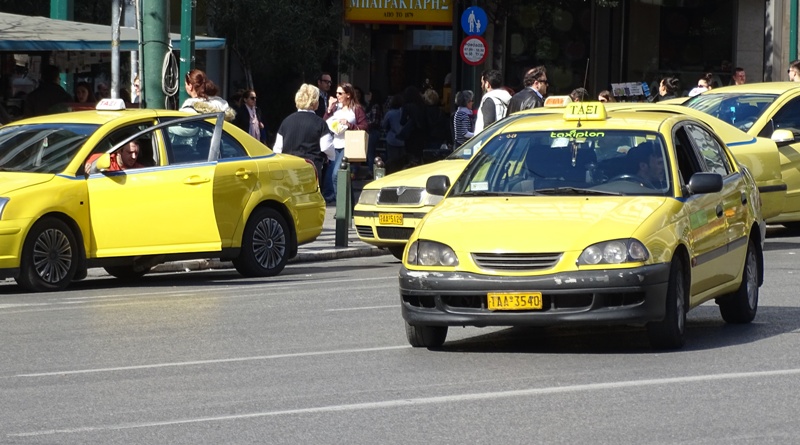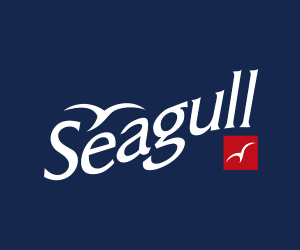A network of international long-distance high speed passenger services spanning much of western Europe could be launched by 2025 if proposals announced by Germany’s Federal Minister for Transport Andreas Scheuer at a virtual conference of Europe’s transport ministers on September 21 are taken forward.
The proposals are seen as an important contribution to climate change mitigation and as ‘an opportunity for a new message from railways’.
Branded TEE2.0 and envisaged as a symbol of European co-operation, the plans echo the Trans-Europ-Express network launched by seven national railways in 1957 at the instigation of former Netherlands Railways President Dr den Hollander.
As with the original TEE trains, TEE2.0 services would operate only during the day, but Scheuer’s plans envisage that they would be matched by an expanded network of TEEN overnight links, reflecting the resurgence of interest in night trains that has built on the ‘flight shame’ movement in Scandinavia.
Scheuer sees TEE2.0 as a headline move for Europe’s railways ‘in the context of a bigger Europe that has grown together’ and which is working to combat climate change.
The concept arose last year out of work on Germany’s Deutschlandtakt, he said, and he now aims to convince other EU member states of the value of the proposals with a view to having a formal declaration of intent signed during Germany’s six-month presidency of the Council of the EU.
Each TEE2.0 service would link at least three countries, and Scheuer envisages that a ‘blueprint’ would be drawn up to ‘identify origin-destination pairs that have inadequate rail services today’. National high speed lines would be ‘interlinked’ to form international routes ‘that stimulate great demand while using as few additional paths on the domestic networks as possible’. Opportunities and risks would need to be assessed, as would ‘the technical and timetable-based challenges’.
Eight routes are proposed in two phases, the second phase following after completion of the Brenner Base Tunnel, the Fehmarn Belt link, Stuttgart 21 and the Stuttgart – Ulm Neubaustrecke, together with various other projects in Germany envisaged as part of the Deutschlandtakt proposals: Hannover – Bielefeld – Hamm, Karlsruhe – Basel and Mannheim – Erfurt, including a tunnel under central Frankfurt.
| Proposed TEE2.0 services |
|---|
| TEE1/2: Paris – Brussels – Köln – Berlin –Warszawa |
| TEE3/4: Amsterdam – Köln – Basel – Milano – Roma |
| TEE5/6: Berlin – Frankfurt – Lyon – Montpellier – Barcelona |
| TEE7/8: Amsterdam – Brussels – Paris – Lyon – Barcelona |
| TEE9/10: Berlin – München – Innsbruck – Bologna – Roma |
| TEE11/12: Paris – Strasbourg – Stuttgart – München – Wien – Budapest |
| TEE13/14: Paris – Brussels – Hamburg – København – Stockholm |
| TEE15/16: Stockholm – København – Berlin – München |
Scheuer envisages that a dedicated TEE2.0 company would be set up, ‘for instance by SNCF and DB’ with other ‘interested and ambitious railways’ such as the national operators in the Netherlands, Austria and Switzerland possibly taking a share. The company would be approved as an independent railway undertaking and would ‘purchase services from the parent companies for production’. Existing rolling stock could be used in the short term.
A blueprint for the proposed overnight network would ‘identify the necessary planning steps for the way forward’, with trains running at a maximum speed of 230 km/h, or 250 km/h for Talgo trains. The plans assume that existing night train services would continue to evolve and expand, and while ‘the development of additional overnight trains is to be welcomed, their economic challenge is not to be underestimated’. Eight routes are envisaged, two of which would rely on completion of major infrastructure projects such as the Fehmarnbelt link.
| Proposed TEEN overnight services |
|---|
| EN21/22: Paris – Brussels – Köln – Berlin |
| EN23/24: Brussels – Köln – Berlin –Praha/Warszawa |
| EN25/26: Amsterdam – Köln – Basel – Milano – Venezia/Genova |
| EN27/28: Frankfurt – Strasbourg/Zürich – Mulhouse – Lyon – Montpellier – Barcelona |
| EN29/30: Berlin – München – Innsbruck –Bologna – Roma/Nice |
| EN31/32: Paris – Strasbourg – Stuttgart – München – Wien – Budapest/Zagreb |
| EN33/34: Paris – Brussels/Amsterdam – Hamburg – København – Stockholm |
| EN35/36: Stockholm – København – Berlin – Praha – Wien/Budapest |
Somewhat optimistically, Scheuer’s proposals note that ‘since implementation requires “merely” co-ordination between railway undertakings with regard to timetables, certification issues, through trains and fares, implementation in the near future would appear conceivable’.
Equally, there is acknowledgement of the difficulties of implementing the proposals: different traction current and train protection systems; the nationalistic outlook of individual operators; the lack of uniform marketing and pricing in the light of passengers’ rights; different requirements for seat reservations; different rules for concessions, contracts and subsidies; different languages and operating rules; different ‘technical subtleties’ and quality levels; expectations of stopping patterns; profit ethos versus public service and different forms of operator.
(Railway Gazette)

















































